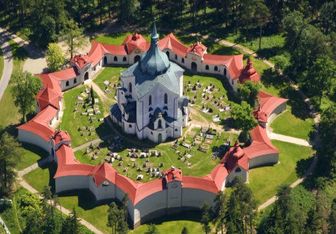
An abbot of the monastery in Žďár had the pilgrimage church on the Green Hill (Zelená hora) built in 1720 to honor the memory of the Czech martyr and saint, Jana Nepomucký. It is unique proof of the mastery of the ingenious master builder Giovanni Blasia Santini from Prague, who chose a symbolic five-pointed star for his work, because as the legend says, a crown with five stars appeared above a body of a drowned martyr.
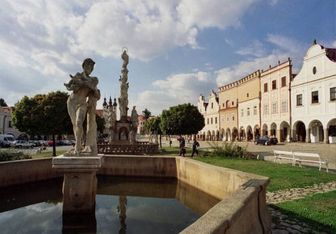
The original royal water fortress that was founded in the 13th century at the crossroads of very busy journeys acquired its current image in the 16th century, when both, the chateau and town core, were reconstructed. This development was also affected by the Jesuits, who operated in the town.
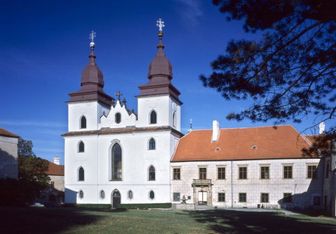
A town of extraordinary clerical sites, the most famous of which is the Romanesque-Gothic basilica of St. Prokop. The abbey was originally sacred to the Virgin, but after being damaged during the war events, it was used for secular purposes for more than two centuries. After reconstruction, the basilica was sacred to St. Prokop and the Church started to use it again.
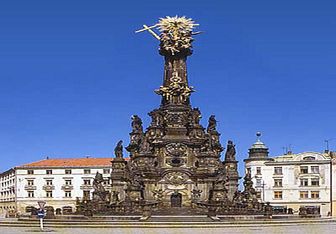
A Baroque pillar that was built in the period of 1716 to 1754 is an evidence of the apparent religionism of a bishop city of that time. It combines a motif of clerical triumph and faith with architectural and artistic interpretation. Inclusion of the Baroque pillar among the UNESCO sites of world cultural heritage also meant recognition for Olomouc.
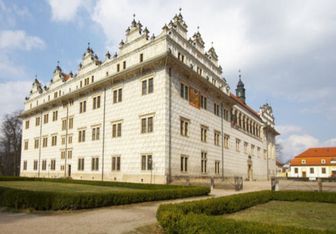
The Pernštějn noble family had the original medieval castle rebuilt into a Renaissance chateau in the second half of the 16th century. The chateau is an exceptional example of the original Italian arcade building, which was adapted to the Czech environment, and shows the noble mansion in the time of Central-European Renaissance, as well as its later development under the influence of new directions in art.
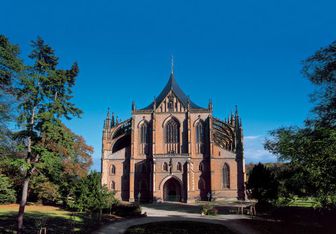
The profits from the silver mines of Kutná Hora brought fame to the Czech Crown in the medieval times. At that time, Kutná Hora became the most significant and richest town in the Bohemian countries. At the turn of the 14th and 15th centuries the town of silver became the royal seat of King Wenceslas IV. The Gothic Church St. James (1330) and Cathedral of St. Barbara (benefactress of miners (1388)) belongs to the most important architectural sites.
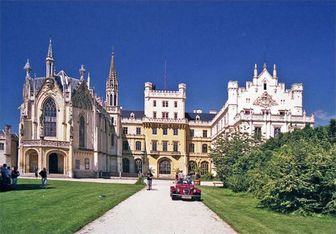
The look of the extensive Baroque complex built by the Family of Lichtenstein was formed by the famous architects C. Tencalla, D. Martinelli, J. B. Fischer von Erlach and J. Ospel. The chateau grounds are spread on an area of two hundred and fifty kilometers in the south-east direction of Brno, between the towns of Lednice and Valtice. It comprises various chateau buildings, garden houses and decorative sculptures of various styles.
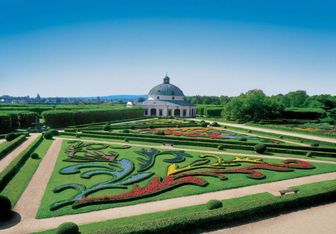
In 1777, this town situated in Central Moravia at the foot of the Chřiby Range, became the seat of the bishops of Olomouc. The Kroměříž Chateau and its beautiful garden are considered a specially beautiful and preserved example of the Baroque garden and palace design. At their time, they played a very important role in development of the Central-European Baroque architecture focused on gardens and palaces.
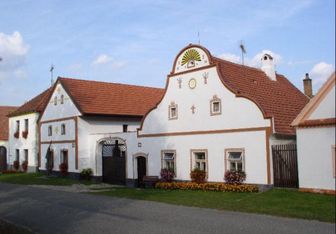
A village in South Bohemia dating back to the 13th century is regarded as a pearl of the Rustic Baroque. The individual estates, altogether comprising twenty-two buildings with a painted Baroque gable and garden behind the house, are lined around a pond in the middle of the village square. The pond was used for fish farming. This area has remained famous for fishpond cultivation till the present times.
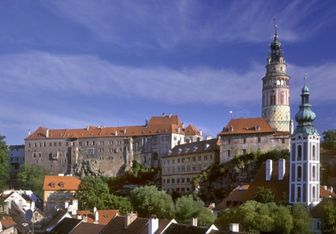
This picturesque town is situated in a deep meander valley of the Vltava River in South Bohemia. The time of its prime is associated with the rule of the Lords of Rožmberk (1302 - 1602), who made Český Krumlov their royal seat. At that time, Krumlov was situated in a place of contacts among the Czech upcountry, the Austrian and Bavarian Danube area and the North of Italy.

Vila Tugendhat in Brno - Černá Pole was the first site of modern architecture in the Czech Republic and the fourth one in the world that had the honor to receive such a prestigious award.










